Your cart is currently empty!
Trying to break the image stabilisation on the iPhone
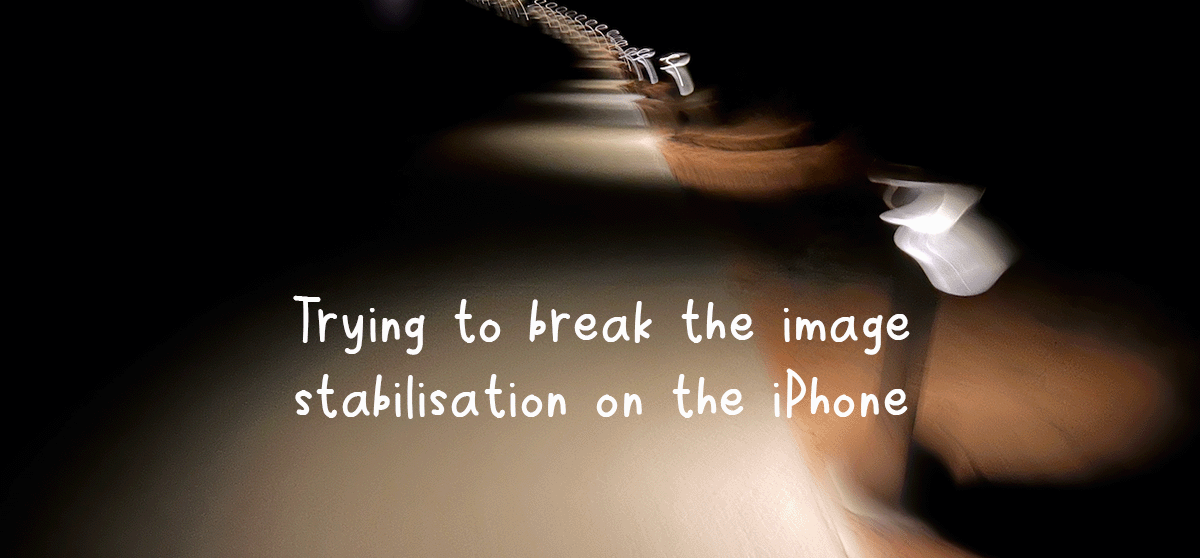
I spent some time at night shooting stars while playing with the 10s exposure time on my iPhone 14, trying to push the limits of the image stabilisation.
It was about 9-10pm on a dark night at Denham, WA on the coast. The small-ish town from the top of the main hill, has small groups of city lighting and on that night, handful of night fishing boats a 1km or so off shore shining their spot lights back to land. Along the main coastline escapement a solar-lit walk path has been installed and the end of the solar light trail, there are no street lights and it is very very dark.
I tried all sorts of ways to break the phone image stabilisation and get light streaking. The iPhone tech seems to front load a lot of the image capture and then apply iterative adjustments as the image develops. So after 1s or so, most of the image is captured and you lose the chance to move the lens and blur the image.
The best results were achieved by pressing the shutter button, waiting a short moment and then moving the camera quickly. Too slow and you’ll get no effect, the phone works fast.
I tried all sorts, slow-quick movement, spinning the phone, vertical and horizontal movement. What did work well and seemed to confuse it, was taking the photo in a light area and moving to a dark (light to night sky) or vice versa. It took a lot longer trying to match the original scene to the new and after messing it up, it gave up pretty quickly.
Here are some of the results I got with some light streaking, and a couple of the star shots using the 10s exposure. You can only set it to 2s btw and then it auto adjusts up to 10s max.

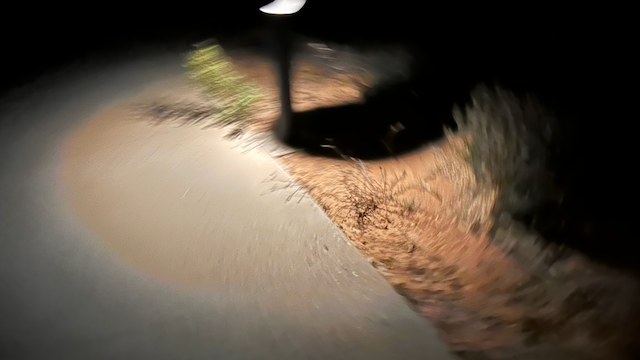
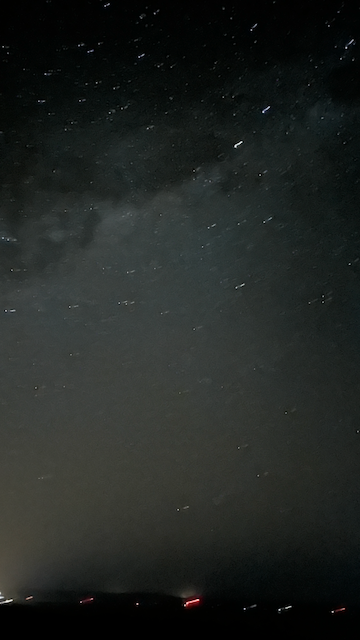
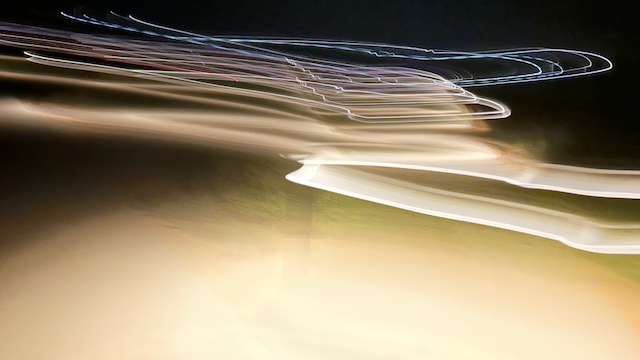
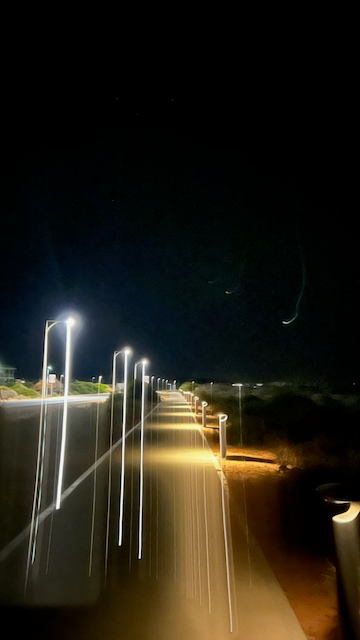




Leave a Reply
You must be logged in to post a comment.